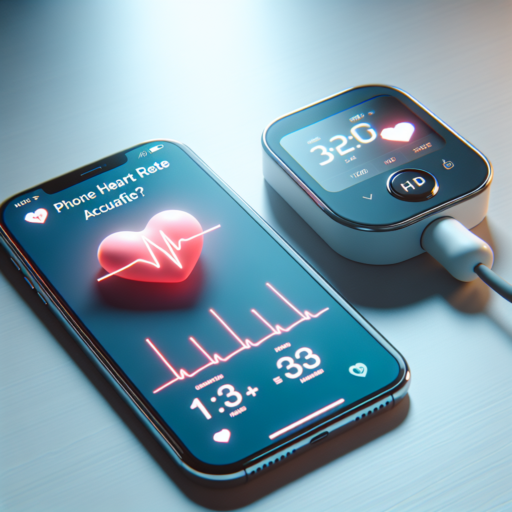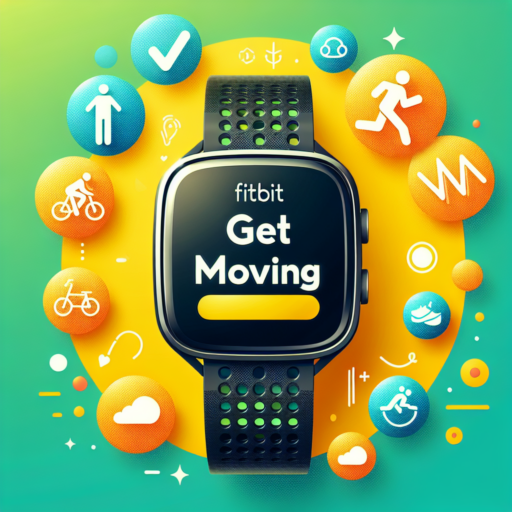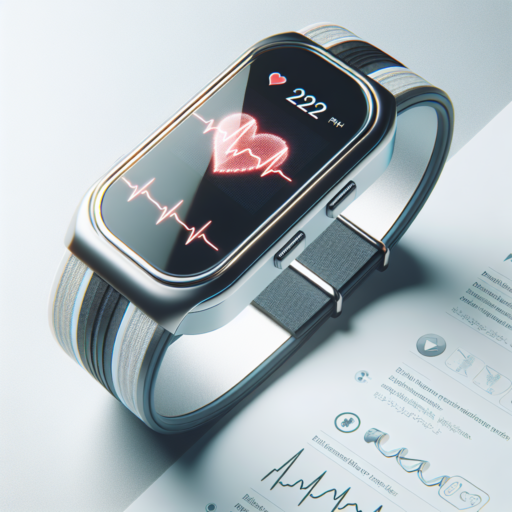Can a phone app detect heart rate?
The question of whether a phone app can detect heart rate is one that many health-conscious smartphone users find themselves asking. With the proliferation of health and fitness apps, it seems logical that technology would allow for such functionalities. Indeed, several apps claim to have the capability to monitor your heart rate using just the smartphone’s built-in features.
These applications typically work by utilizing the phone’s camera and flashlight. The user places their finger over the camera lens, and the app calculates the heart rate by measuring changes in light transmission through the fingertip as the heart beats. This process is known as photoplethysmography (PPG), and it’s the same principle used in some medical devices to monitor pulse rate.
However, it’s important to note the variability in accuracy among different apps. Factors such as camera quality, lighting conditions, and even the user’s skin tone can affect the readings. Some apps may offer a ballpark figure rather than a precise measurement, making them more suitable for casual monitoring rather than medical diagnostics.
Do mobile heart rate monitors work?
Absolutely, mobile heart rate monitors have shown to be quite effective in tracking and managing cardiovascular health, though it’s key to understand their capabilities and limitations for accurate usage.
Accuracy and Reliability of Mobile Heart Rate Monitors
The precision of mobile heart rate monitors has significantly improved over the years, with many models now offering results that closely align with those of traditional medical devices. This leap in accuracy is largely due to advancements in sensor technology and algorithmic data processing. It’s important for users to note, however, that factors like device placement, skin contact, and motion can influence readings. Ensuring proper usage according to the manufacturer’s guidelines is essential for obtaining reliable data.
Advantages of Using Mobile Heart Rate Monitors
One of the key benefits of utilizing mobile heart rate monitors is the convenience they offer. Users can easily track their heart rate over time, making it simpler to identify patterns or changes in their cardiovascular health. Moreover, the integration of these monitors with fitness and health apps allows for a comprehensive view of one’s overall wellness, incorporating exercise, sleep, and even stress levels. This holistic approach encourages a more proactive stance towards heart health, leveraging technology to empower users in managing their well-being.
Considerations for Effective Use
- Verify the accuracy of your device with a healthcare professional, especially if you have heart-related issues.
- Regularly update your app or device to benefit from improvements in technology and software enhancements.
- Understand the limitations of your mobile heart rate monitor and consider it as part of a broader health management plan rather than a definitive diagnostic tool.
How accurate is heart monitor on Iphone?
Discussing the accuracy of the heart monitor on iPhone requires a multifaceted approach, as this feature integrates advanced technology to track your heart rate. This functionality is particularly beneficial for monitoring physical fitness and overall health. Recent iterations of the iPhone, equipped with the Health app and supportive accessories like the Apple Watch, have aimed to offer users precise heart rate measurements. However, the accuracy can be influenced by various factors.
User behavior and device handling play a crucial role in the data captured. For optimal performance, the Apple guidelines suggest wearing the device snugly on your wrist; not too tight, yet not too loose, and ensuring the back of the device maintains contact with your skin. Misalignment or constant movement can lead to irregular readings. Additionally, factors such as skin perfusion (blood flow) and temporary changes in heart rate due to stress, caffeine intake, or excitement can impact the measurements’ consistency.
Comparative studies with medical-grade equipment have revealed that iPhone’s heart monitor closely aligns with the readings of specialized healthcare devices, especially in standard conditions. It’s noteworthy that while the heart rate monitor is highly efficient for everyday use – tracking heart rate trends and identifying significant changes – medical professionals advise against relying solely on these readings for diagnostic purposes. For precise health assessments and diagnoses, dedicated medical equipment and consultations with healthcare providers are irreplaceable.
How does mobile phone measure heart rate?
Mobile phones measure heart rate primarily through the integration of optical heart rate sensors. This technology, known as photoplethysmography (PPG), utilizes the phone’s built-in camera and flash to monitor the amount of blood flowing through your fingers. When the heart beats, there is a spike in blood volume in the finger, which the camera can capture as a slight change in color. By analyzing these fluctuations over time, mobile applications can calculate the heart rate.
Step-by-Step Process: The measurement process begins when you place your finger gently over the camera lens and flash. The flash illuminates the skin, allowing the camera to capture the differences in light absorption before and after a heartbeat. Sophisticated algorithms then interpret these variations to provide a heart rate reading. It’s essential that during measurement, your hand is steady and pressure against the camera lens is consistent to enhance accuracy.
While this method offers a convenient way to monitor heart rate, it’s important to note it may not be as accurate as traditional medical devices like chest straps and dedicated heart rate monitors. Factors such as camera quality, lighting conditions, and how firmly you press against the camera can all influence the readings. However, for a general understanding of your heart rate trends, mobile phone measurements can serve as a practical tool.





